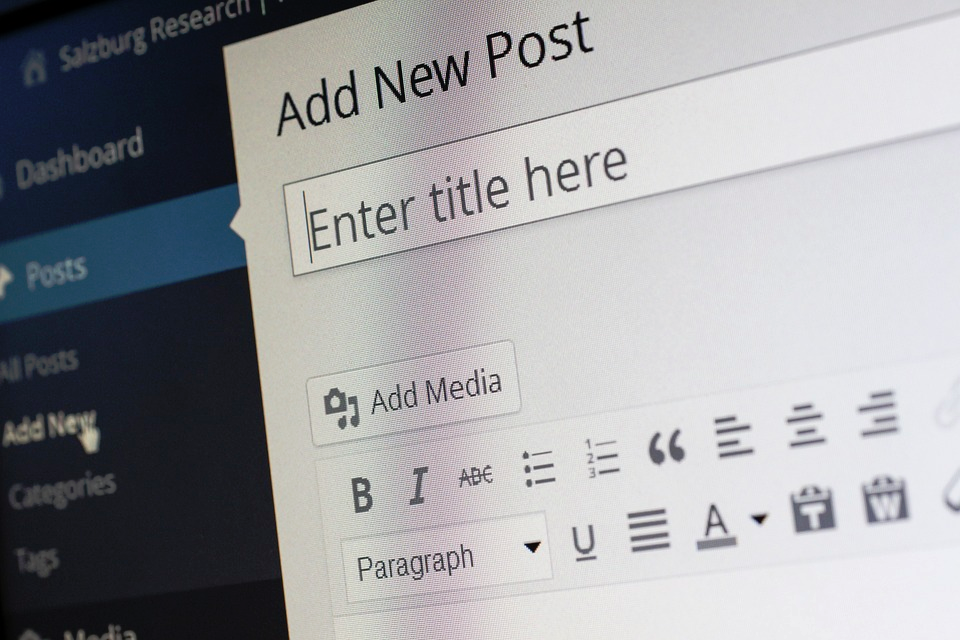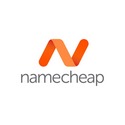In a world where the internet brims with ideas and opinions, creating a space to share your thoughts and experiences has never been more essential. A personalized blog can be the perfect platform to showcase your unique perspective, connect with like-minded individuals, and even cultivate a side income. If you’re eager to embark on the journey of building your own blog, you’ve come to the right place. In this guide, we’ll delve into the nitty-gritty of crafting your digital oasis from the ground up.
1. Define Your Purpose and Niche
Before you begin, it’s crucial to identify your blog’s purpose and niche. Ask yourself:
- What topics am I passionate about?
- What do I want to share with the world?
- Who is my target audience?
Once you’ve answered these questions, refine your blog’s focus. A well-defined niche will attract and retain loyal audiences.
2. Choose a blogging platform
With countless blogging platforms available, selecting the right one can be daunting. Here are some popular options to consider.
- WordPress: The most widely-used platform, offering extensive customization options and a vast array of plugins.
- Blogger: A beginner-friendly option owned by Google, known for its simplicity and seamless integration with other Google services.
- Wix: A website builder with visually appealing templates and an easy-to-use drag-and-drop editor.
Evaluate the features, pricing, and ease of use of each platform before deciding.
3. Select a domain name
Your domain name is the web address people will use to find your blog. It should be:
- Memorable
- Easy to spell and pronounce
- Related to your niche or brand
Consider using a domain name generator like LeanDomainSearch or NameMesh to brainstorm ideas.
4. Set Up Web Hosting
Web hosting is the service that stores your blog’s files and makes them accessible online. Some factors to consider when choosing a web host include:
- Reliability and uptime
- Customer support
- Pricing and scalability
Popular web hosting providers include Bluehost, SiteGround, and HostGator.
5. Design Your Blog
An attractive and functional design will make your blog more appealing to visitors. Some key design elements to consider are:
- Theme: Choose a theme that aligns with your niche and brand identity. Many blogging platforms offer free and premium themes.
- Layout: Choose a clean, uncluttered layout that makes navigation easy.
- Typography: Use clear, legible fonts for headings and body text.
- Color Scheme: Select a color palette that complements your niche and resonates with your target audience.
6. Create compelling content
With your blog’s foundation in place, it’s time to generate engaging content. Some tips for crafting high-quality blog posts include:
- Write with your audience in mind: Tailor your content to their needs and preferences.
- Tell a story: Use anecdotes and personal experiences to make your writing more relatable.
- Be informative: Offer valuable insights, tips, and solutions to your readers.
- Use visuals: Enhance your posts with images, videos, and infographics.
- Incorporate SEO best practices: Optimize your content for relevant keywords, include internal and external links, and create enticing meta titles and descriptions.
7. Promote Your Blog
To increase your blog’s visibility, employ various promotional strategies:
- Leverage social media: Share your content on platforms like Facebook, Twitter, Instagram, and LinkedIn to reach a wider audience.
- Network with fellow bloggers: Collaborate, comment on their posts, and share their content to establish relationships in your niche.
- Guest posting: Contribute articles to other blogs in your niche to gain exposure and backlinks.
- Email marketing: Build an email list to keep subscribers informed about updated content and engage with them directly.
- Optimize for search engines: Implement on-page and off-page SEO techniques to improve your blog’s ranking on Google and other search engines.
8. Monetize Your Blog
Once you’ve established a steady stream of traffic, you can explore various monetization methods.
- Affiliate marketing: Promote products or services related to your niche and earn a commission for every sale made through your unique referral links.
- Sponsored content: Partner with brands to create sponsored posts, reviews, or advertorials.
- Display advertising: Host banner ads or native ads on your blog using ad networks like Google AdSense or Media.net.
- Sell digital products: Create and sell ebooks, online courses, or templates related to your niche.
- Offer consulting or coaching services: Leverage your expertise to provide guidance and advice to clients.
9. Measure Your Success
Regularly track and analyze your blog’s performance to identify areas for improvement. Some key metrics to monitor are:
- Traffic: The number of visitors your blog receives, including new and returning users.
- Engagement: Metrics like bounce rate, average time on page, and pages per session can provide insights into user behavior.
- Conversions: Track the effectiveness of your monetization methods, such as affiliate sales, email sign-ups, or product purchases.
- Social shares: Monitor how often your content is shared on social media platforms.
Use tools like Google Analytics, Search Console, and social media insights to gather data and make data-driven decisions.
10. Stay consistent and evolve
Maintain a regular posting schedule to keep your audience engaged and encourage return. Additionally, stay open to learning and adapting as the blogging landscape evolves. Keep up with industry trends, attend conferences or webinars, and participate in online communities to stay ahead of the curve.
11. Fostering a Sense of Community
Encourage your readers to interact with your content and each other:
- Enabling comments: Allow readers to share their thoughts, opinions, and experiences about your blog posts.
- Respond to comments: Engage with your readers by responding to their comments, answering questions, and addressing concerns.
- Create a discussion forum: Offer a space for readers to connect and discuss topics related to your niche.
- Hosting webinars or live chats: Hold interactive events where readers can ask questions, share ideas, or learn from you and each other.
Building a strong community around your blog can increase user loyalty and foster belonging among your audience.
12. Leverage Influencer Partnerships
Collaborating with influencers in your niche can help you reach a larger audience and gain credibility. Some ways to partner with influencers include:
- Interviews: Feature interviews with prominent figures in your niche on your blog.
- Co-created content: Develop blog posts, videos, or other content in collaboration with influencers.
- Social media takeovers: Invite influencers to take over your social media accounts for a day, sharing their unique perspective with your followers.
Influencer partnerships can be mutually beneficial, as both parties gain exposure to new audiences and build brand authority.
13. Stay active on social media.
Engage with your audience on social media platforms to keep your blog top of mind:
- Post consistently: Share updates, behind-the-scenes glimpses, and snippets from your latest blog posts.
- Interact with followers: Respond to comments, messages, and mentions to show your appreciation and build connections.
- Participate in industry-related conversations: Join Twitter chats, Facebook groups, or LinkedIn discussions to share your expertise and attract new readers.
14. Invest in content marketing.
Content marketing can amplify your blog’s reach and attract more readers. Some strategies to consider are:
- Creating lead magnets: Develop valuable resources, such as ebooks, checklists, or guides, that readers can download in exchange for their email address.
- Repurposing content: Transform your blog posts into various formats, such as infographics, videos, or podcasts, to reach a broader audience.
- Promoting evergreen content: Continuously promote high-quality, timeless content that remains relevant and useful to your audience.
15. Celebrate Milestones and Acknowledge Your Readers
As your blog grows, celebrate your successes and express gratitude to your readers.
- Share milestones: Announce your significant achievements, such as reaching a specific number of subscribers, page views, or social media followers.
- Host giveaways or contests: Show your appreciation by offering exclusive prizes or rewards to your loyal readers.
- Highlight reader contributions: Feature comments, testimonials, or guest posts from your readers to acknowledge their role in your blog’s success.
By following these additional steps, you can further enhance your blog’s appeal and foster long-lasting relationships with your audience. Remember, the journey to building a successful blog is a marathon, not a sprint. Stay committed to your goals, and enjoy connecting with others and sharing your passion with the world.







